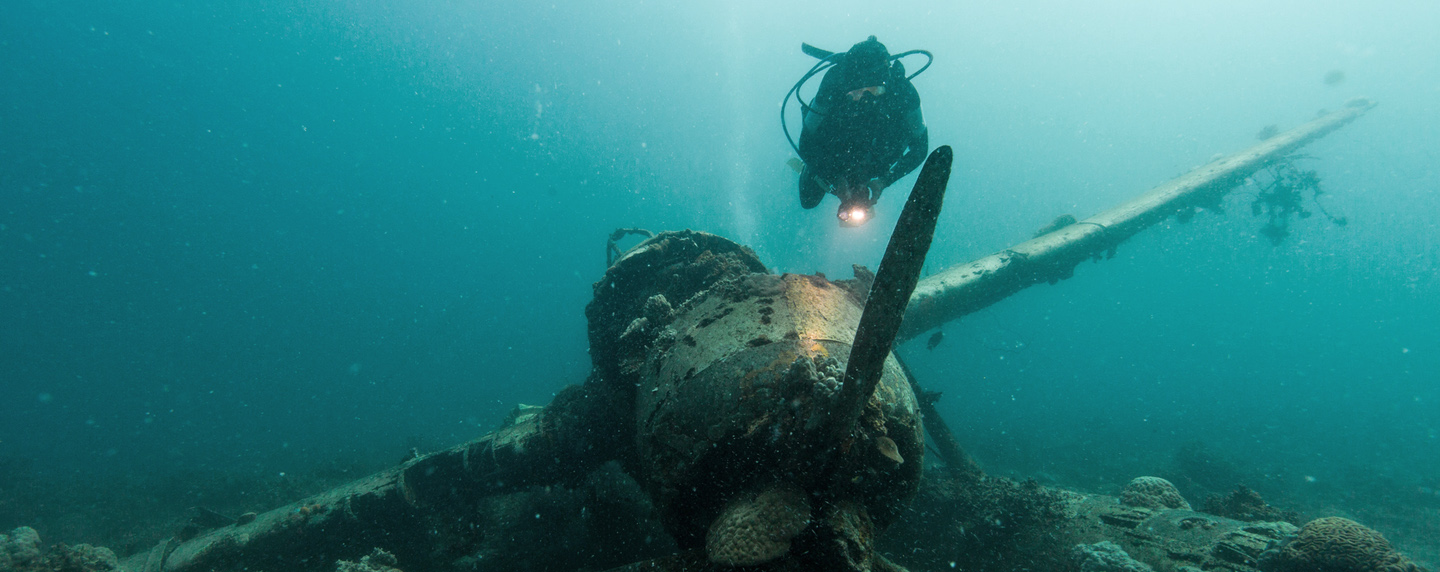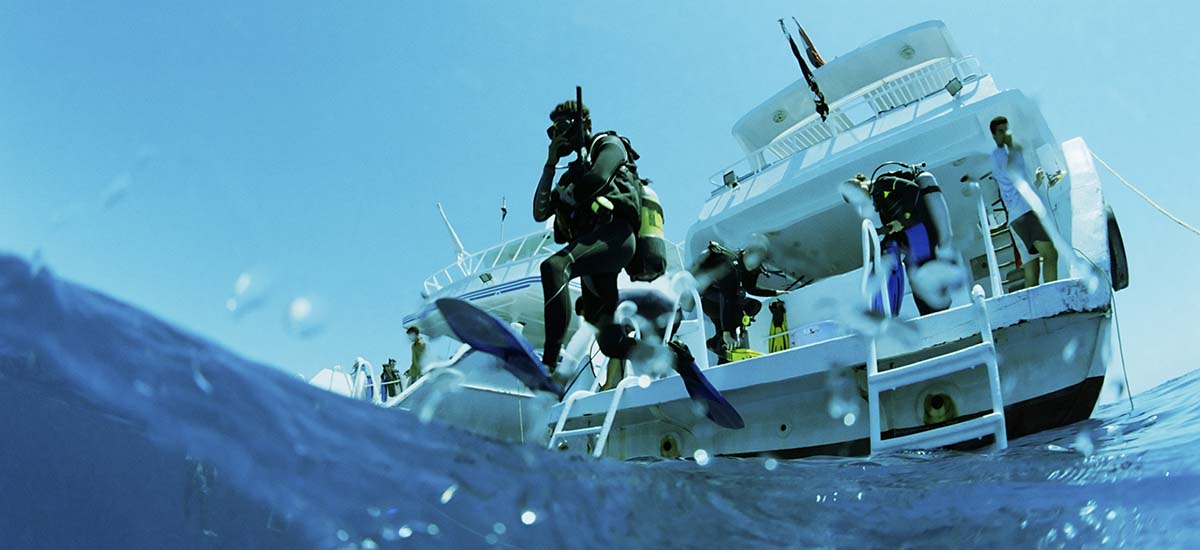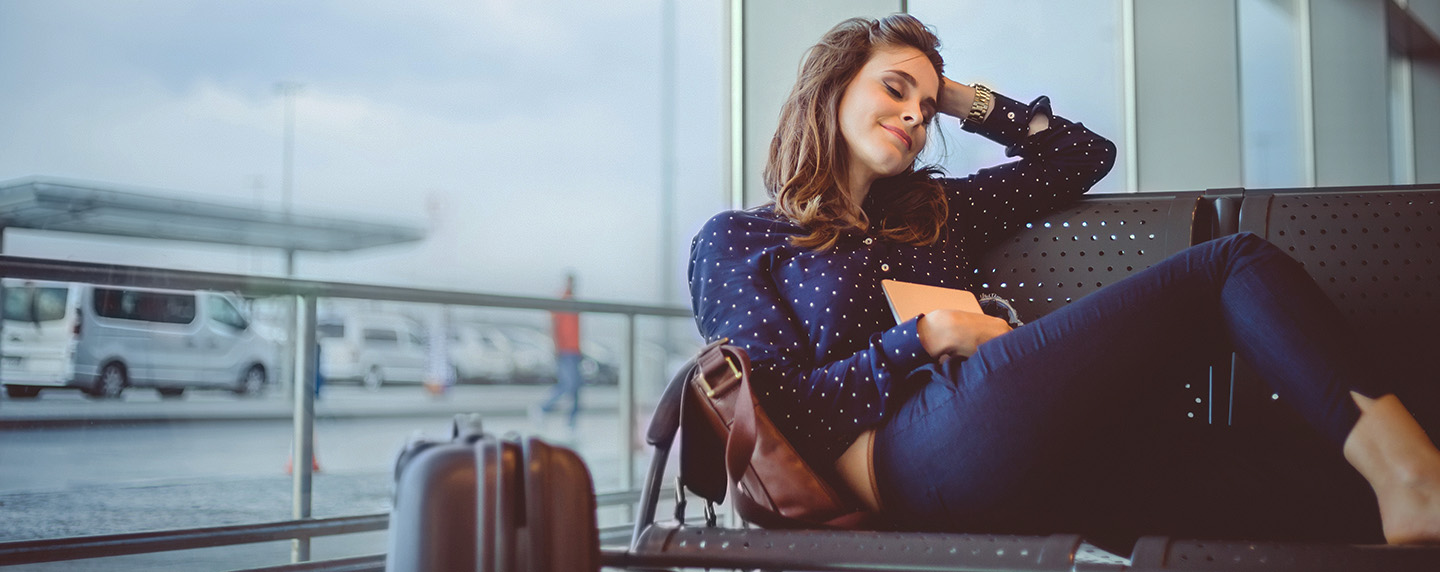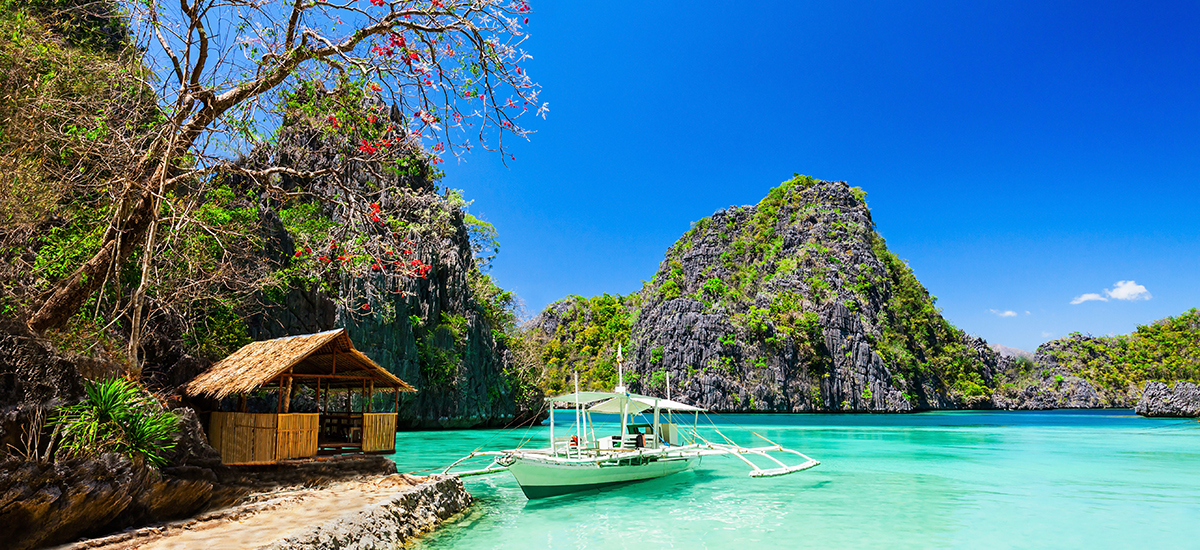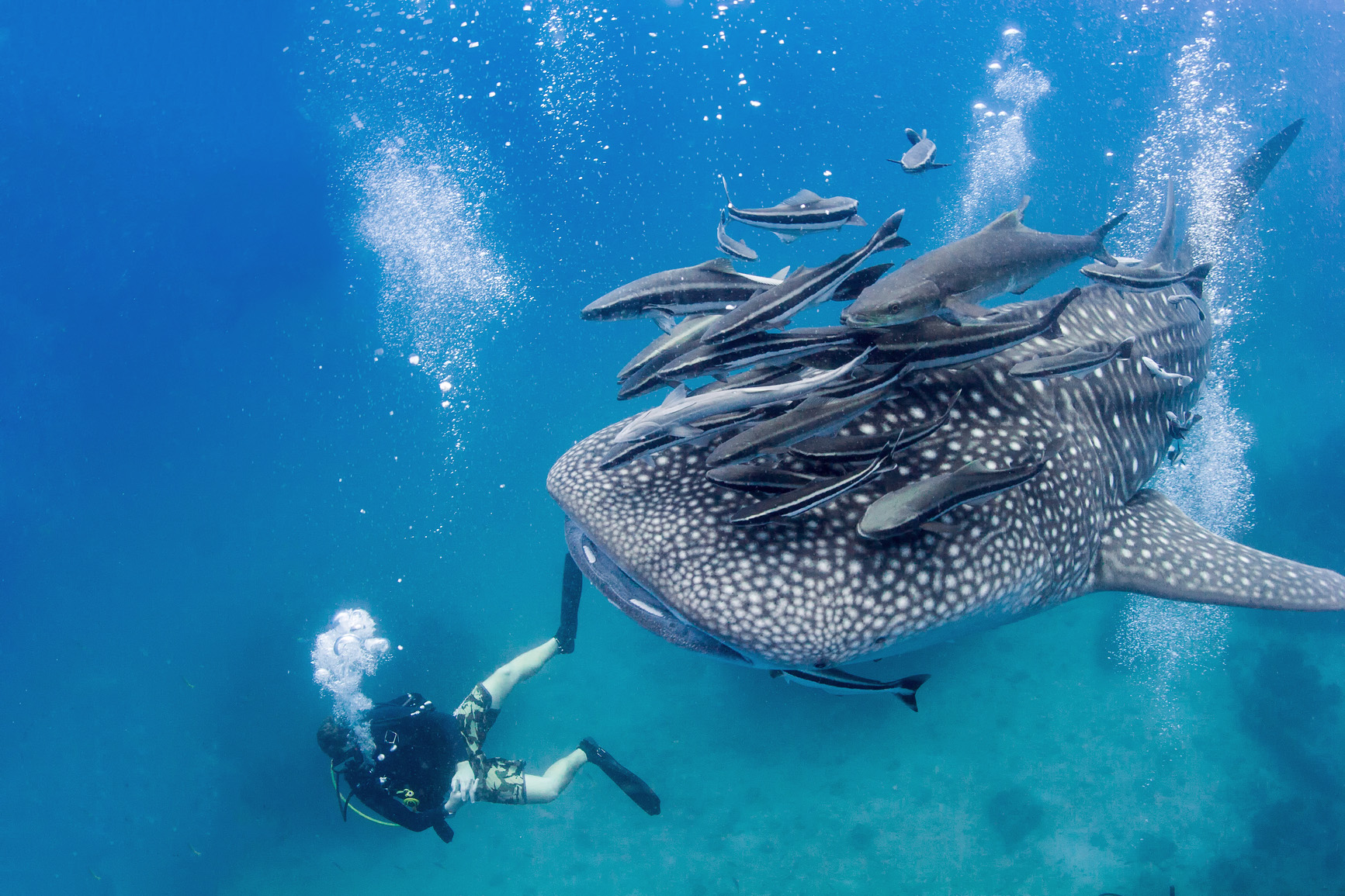The word Pacific means tranquil – calm. Yet beneath these calm waters lies a secret world full of stories left untold and rich marine biodiversity to discover. Nowhere is this more true than when diving to explore an underwater shipwreck scuba diving site – where history and nature combine to create a mesmerising, beautiful tapestry, that was once haunting and enchanting.
We picked five of the best World War II shipwreck scuba diving sites, covering five countries in the Pacific region. These unique spots are not only perfect for a beach holiday, they will also leave divers of all skill and experience levels in awe.
Which one of these wrecks is next on your list?
Explore These Incredible WW2 Shipwreck Scuba Diving Sites
USAT Liberty, Indonesia

Sunk near the beautiful island of Bali, the Liberty wreck can be found off the coast of Tulamben, a small fishing village on the east side of the island. Originally a U.S. military transport ship, the Liberty was built in New Jersey in 1918, served during World War I and was torpedoed by a Japanese submarine during World War II in 1942. The ship sat untouched on the shores of Tulamben until tremors from Volcano Gunung Agung pushed her back into the ocean in 1963. The wreckage lies only 30 metres offshore, making it accessible to snorkellers and divers of all levels.
Insider Tip:
Divers are not advised to enter the wreck, as it’s pretty… well, wrecked. However, you can still see it first-hand and snap pictures of the hull, guns, toilets, boilers and anchor chains.
Marine Life:
Schools of reef sharks, bumphead parrotfishes, lizard fishes, barracuda, eels, giant clams, nudibranchs and soft corals.
Recommended Certification Level: All levels
Depth: 9 to 30 metres
Best Times To Dive: All year round
USAT Meigs and SS Mauna Loa, Australia

Experienced divers know that Darwin is home to some of the best shipwreck scuba diving the Pacific region has to offer. It’s also home to a fair few shipwrecks: when Darwin was bombed by the Japanese in 1942, eight ships were sunk, including two U.S. supply ships.
Before you set out, take the opportunity to stop by the war memorial for a moment of quiet reflection for the navymen who lost their lives in the bombing.
Of the eight sunken vessels, the most famous of the wreckages are the USAT Meigs and SS Mauna Loa at Darwin Harbour, located lying just one kilometre apart from each other, amongst other ships and two planes. Although the superstructure of the wreck was salvaged after the war, divers can still explore both the sunken ships as well as their guns and ammunition, trucks, parts of railroad lines, and other cargo that lies around them.
These days, the ships hulls help to contribute to the water’s biodiversity – their massive structures creating ideal habitats for numerous marine species to adopt as their own – one of many ways that human and natural history intertwine in sometimes inspiring ways.
Insider Tip:
Although both wrecks lie in a jumbled mess of steel, see if you can spot some old motorcycles in the SS Mauna Loa.
Marine Life:
Schools of coral trout, estuarine cod, wobbegong sharks, jewfish, barracuda, snapper, angel fish, gorgonia fans, sponges, and if you’re lucky, turtles.
Recommended Certification Level: All levels
Depth: 15 to 26 metres
Best Times To Dive: All year round
Stay at the DoubleTree by Hilton Esplanade Darwin*
Jake Seaplane, Palau
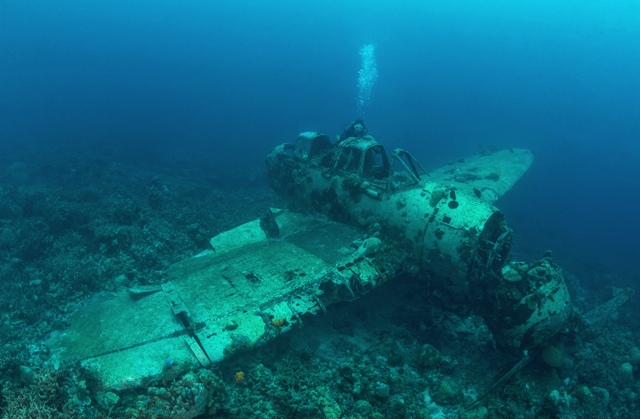
If shipwrecks are too ‘mainstream’ for your liking, never fear. Palau’s got you covered. Dubbed the most photogenic dive site in Palau’s capital city Koror, this Japanese navy floatplane sits upright in 15 metres of water. As the plane’s carapace is slightly tilted sideways, divers can take advantage of the excellent view and inspect her superstructure, deck and keel. After your dive, take a few minutes to explore the surrounding waters – you might even see schools of cuttlefish!
Insider Tip:
There’s a small hand bomb still intact inside the cockpit, so be careful not to touch anything!
Marine Life:
Schools of batfish, clownfish, crocodile fish, lionfish, 6-banded Angelfish, puffer fish, trevallies, triggerfish, glass fishes, soft corals, staghorn and plate corals, sponges and clams.
Recommended Certification Level: Advanced Open Water
Depth: 15 – 40 metres
Best Times To Dive: Though available all year long, visibility is the best between November and May.
Search and Compare Return flights to Palau**
Stay at the Palasia Hotel Palau*
Okikawa Maru, Philippines

Formerly known as Taiei Maru, the Okikawa Maru is a must-visit, as it is the largest wreck in the fabulous shipwreck scuba diving location of Coron Bay in the Philippines’ Palawan. You can reach it via speedboat in only 10 minutes from Coron Resorts. This former civilian tanker was sunk in 1944 during WW2 by an American air raid. If you’re new to diving, the main deck of this shipwreck only lies 12 metres deep, allowing for easy access to amazing views of the diverse marine which now calls it home. Advanced divers may continue further down to explore the engine room, propeller shaft and tank systems.
Insider Tip:
The underwater currents tend to fluctuate each season, so divers should always check the conditions pre-dive and practise caution.
Marine Life:
Schools of groupers, wrasses, soldierfish, sweetlips, batfish, snappers, lionfish, nudibranchs and soft corals
Recommended Certification Level: All levels
Depth: 12 to 26 metres
Best Times To Dive: Though available all year long, visibility is the best from November until June. If you travel to the area between July and October, be prepared for heavy rain.
Search and Compare Return Flights to Palawan**
Stay at the Asia Grand View Hotel*
Shinkoku Maru, Micronesia

Now known as Chuuk, Truk Lagoon is a sheltered body of water in the South Pacific which used to serve as one of main bases of the Japanese Imperial Navy. Jacques Cousteau’s 1969 film Lagoon of Lost Ships explored this wreck-filled lagoon, known as the world’s best WW2 shipwreck scuba diving site. Especially popular with divers is the Shinkoku Maru, a naval tanker that was used to import oil from the United States to Japan. Here’s a little-known fact for you to chew on: this ship participated in the attack on Pearl Harbor, acting as one of eight oilers that refuelled the Japanese fleet during the strikes. She sank after being attacked by torpedoes from unknown planes in 1944. As you explore the wreckage, you can still see the toilets, a medical table and the engine room.
Insider Tip:
Pay attention to your dive master’s instructions, as the wrecks may have ragged edges and tangles of cables.
Marine Life:
Schools of batfish, sharks, minnows, anemones, gorgonian fan corals and sponges.
Recommended Certification Level: All levels
Depth: 9 to 34 metres
Best Times To Dive: Though available all year long, visibility is best between November and May.
Search And Compare Hotels In Micronesia**
*Hotel prices (including taxes and fees) are per night per room for double occupancy for the above and were found on nz.KAYAK.com on 11 July 2017 for travel in September 2017, for the respective hotels mentioned in the release. Prices are in NZD, may be subject to change and offers may no longer be available.
**Flight prices (including taxes and fees, excluding baggage fees) for one return economy seat and were collated on nz.KAYAK.com on 11 July 2017 for travel in September 2017 from Auckland to the destination listed, unless specified otherwise. Prices are in NZD, may be subject to change and offers may no longer be available.
